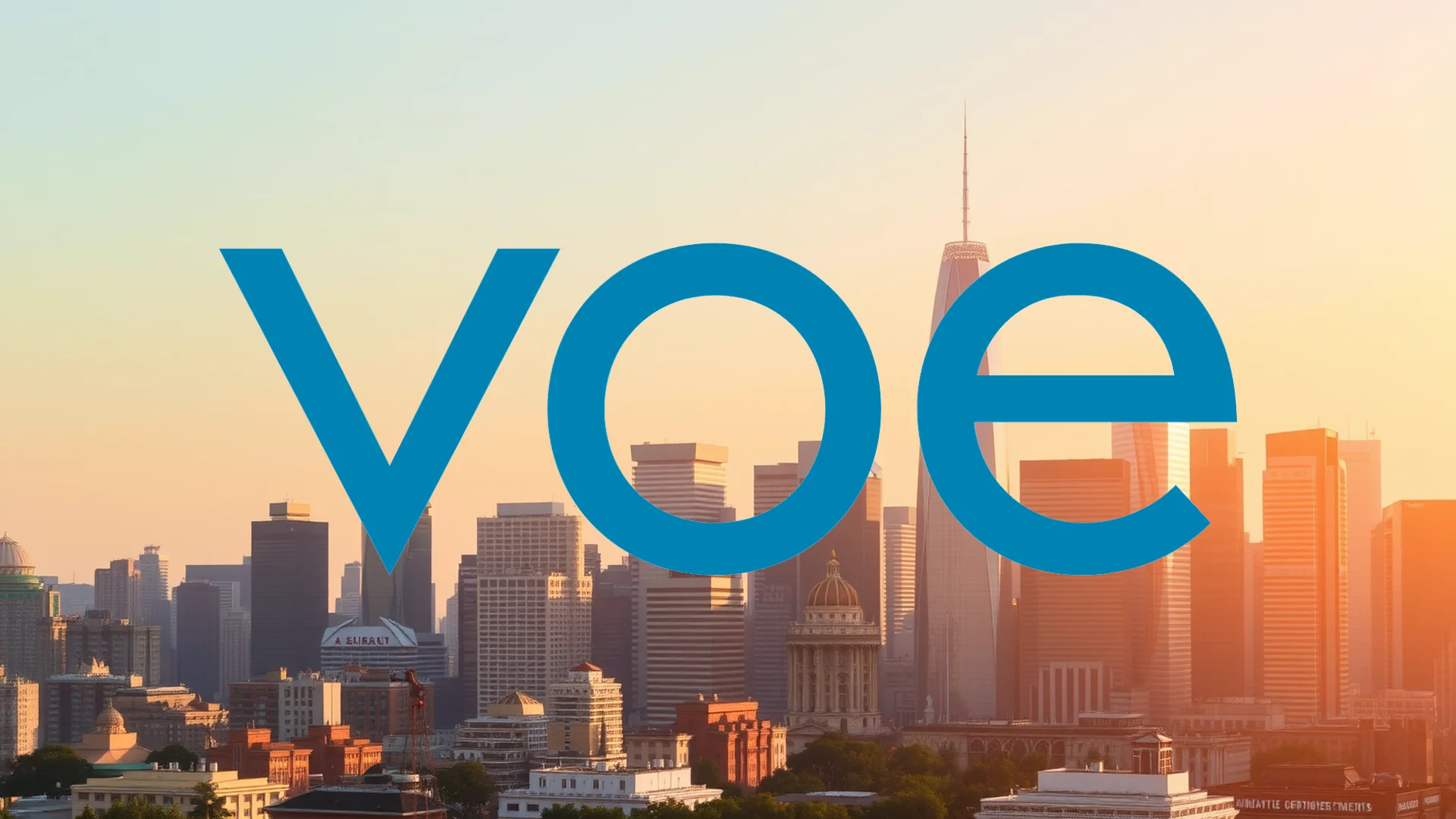While economic indicators point toward a cooling U.S. economy and disappointing labor market data, sophisticated institutional investors appear to be positioning for an unexpected market development. One regional banking institution has become a particular focus for these major money managers, despite conflicting analyst views and challenging macroeconomic conditions. This raises a compelling question: what insights might these professionals possess that the average investor is overlooking?
Economic Headwinds and Regional Banking Vulnerabilities
The broader economic landscape presents significant challenges for regional banking institutions. Recent analysis from Hancock Whitney’s own asset management division paints a concerning picture, noting that U.S. job growth has essentially stalled. August’s nonfarm payroll data showed only minimal growth of 22,000 new positions—an alarming signal for economic momentum.
This weakness particularly impacts regional banks like Hancock Whitney, which maintain deeper ties to local economic conditions than their national counterparts. Slower employment growth typically translates to reduced loan demand, increased credit risk, and ultimately compressed earnings for community-focused financial institutions.
Conflicting Analyst Perspectives Create Uncertainty
Market experts appear divided on the bank’s prospects. Keefe, Bruyette & Woods downgraded the institution from “Outperform” to “Market Perform” while simultaneously raising their price target from $62 to $63 per share. In contrast, Raymond James Financial maintained its unrestricted “Strong Buy” recommendation without modification.
These contradictory assessments reflect the broader uncertainty currently affecting the entire regional banking sector, as analysts weigh economic challenges against potential opportunities.
Should investors sell immediately? Or is it worth buying Hancock Whitney?
Major Institutions Establish and Increase Positions
Despite these mixed signals, institutional activity during the first quarter of 2025 revealed substantial movement in Hancock Whitney shares. STRS Ohio established a completely new position valued at $703,000, while other major investors including Brooklyn Investment Group, Virtus Advisers LLC, and Amundi similarly initiated new holdings.
Perhaps more significantly, existing institutional investors dramatically increased their exposure. Versant Capital Management expanded its position by an impressive 554.6 percent, while UMB Bank n.a. boosted its holdings by a remarkable 1,132.1 percent. Overall, institutional investors now control 81.22 percent of outstanding shares—a substantial vote of confidence during uncertain times.
The Professional Investor Calculus
The fundamental question remains whether institutional investors possess insights that the broader market has yet to incorporate. Are these sophisticated players betting that Hancock Whitney will navigate economic challenges more effectively than anticipated? Alternatively, might they be operating on the premise that well-managed regional banks with strong balance sheets typically outperform during periods of economic uncertainty?
The answer to these questions will likely determine the stock’s trajectory in coming months—and may explain why major financial institutions are establishing positions while others remain hesitant.
Ad
Hancock Whitney Stock: Buy or Sell?! New Hancock Whitney Analysis from December 20 delivers the answer:
The latest Hancock Whitney figures speak for themselves: Urgent action needed for Hancock Whitney investors. Is it worth buying or should you sell? Find out what to do now in the current free analysis from December 20.
Hancock Whitney: Buy or sell? Read more here...










